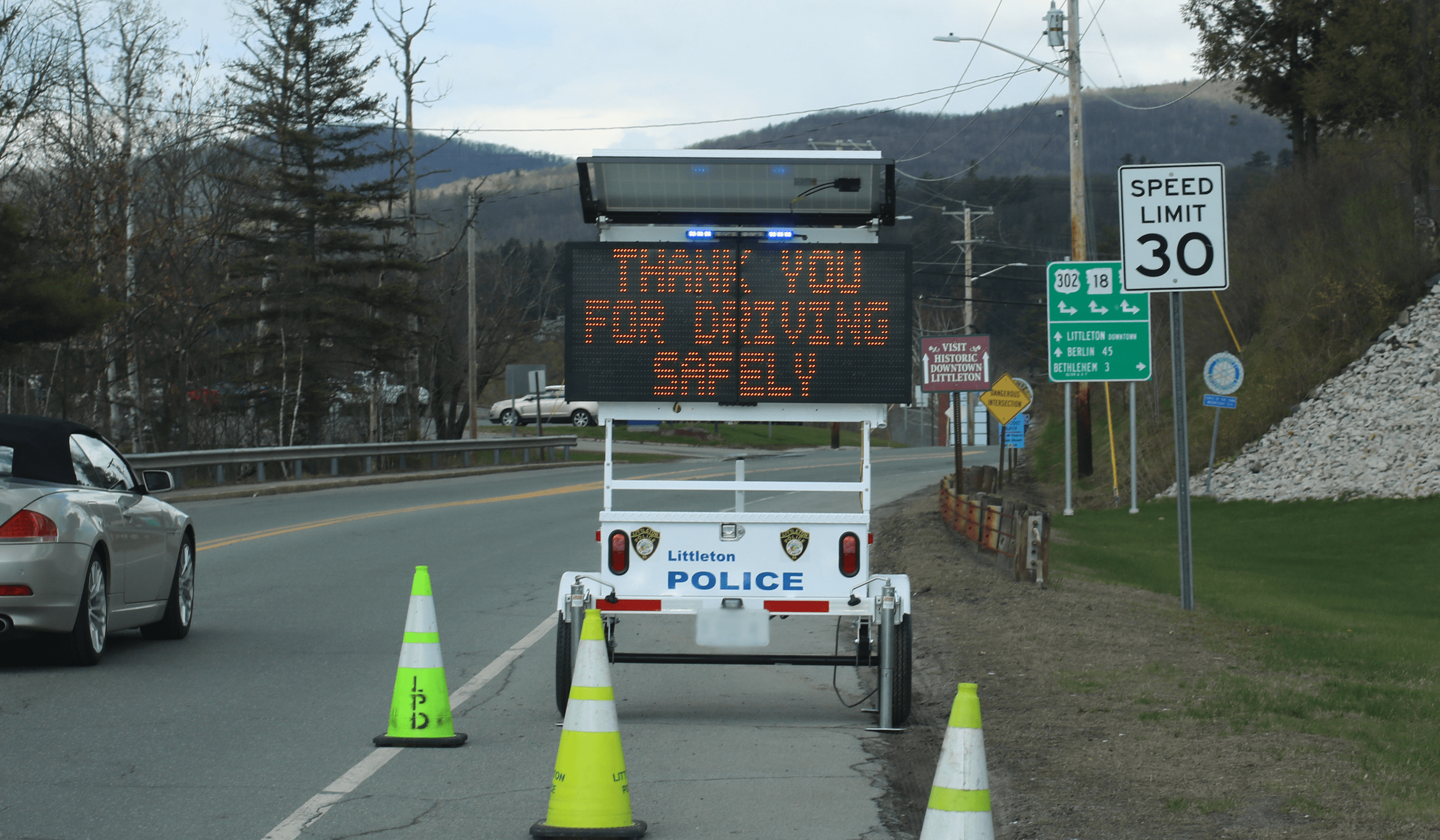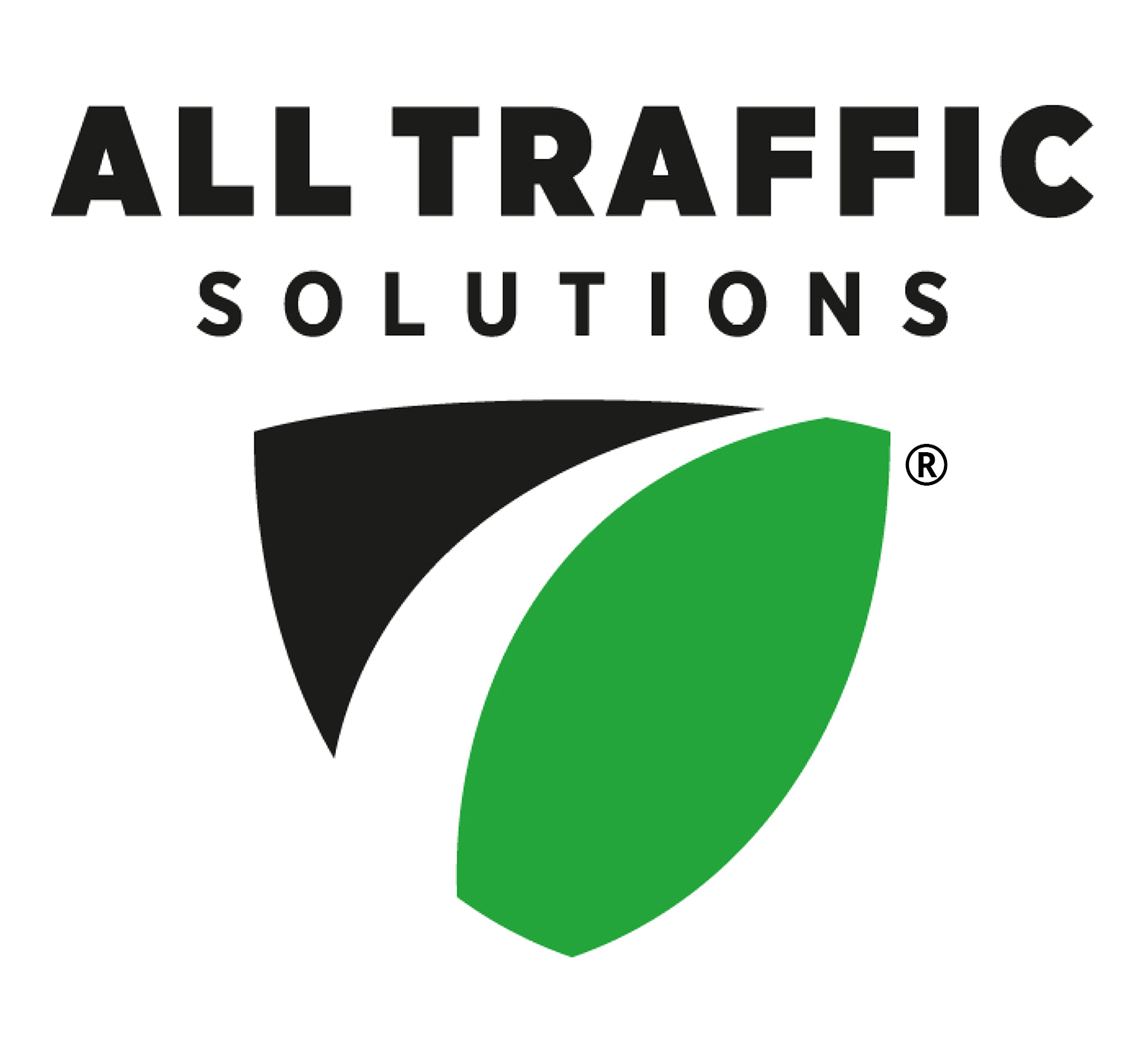Summary of the Safe Streets and Roads for All Grant Program
The Bipartisan Infrastructure Law has established the Safe Streets and Roads for All (SS4A) grant program, providing $5 billion over five years to fund regional, local, and Tribal initiatives aimed at preventing roadway deaths and serious injuries. The SS4A program aligns with the U.S. Department of Transportation’s National Roadway Safety Strategy and its goal of zero roadway deaths (read here about Vision Zero).
2 Grant Types
The program offers two types of grants: Planning and Demonstration Grants for developing comprehensive safety action plans, and Implementation Grants for executing projects and strategies identified in an action plan. Examples of Planning and Demonstration Grants and Implementation Grants are available on the US Department of Transportation’s website
Key components of a comprehensive safety action plan include leadership commitment, planning structure, safety analysis, public engagement, equity considerations, policy changes, strategy and project selections, and progress measurement. SS4A grants aim to create safer roads and reduce fatalities and serious injuries across various communities.
SS4A Eligibility
Eligible applicants include political subdivisions of a state or territory, federally recognized tribal governments, metropolitan planning organizations, and multijurisdictional groups. Rural communities, regional planning commissions, councils of governments, transit agencies, tribal consortiums, universities, school districts, and public health entities that qualify as political subdivisions are also eligible. Any combination of the listed entities can apply (For example State Departments of Transportation).
For Planning and Demonstration Grants, eligibility depends on the activities involved in the application, while Implementation Grants require an eligible Action Plan and additional criteria such as ownership or maintenance responsibilities over a roadway network.
SS4A Grant Important Dates
- Application deadline: 5 PM EDT on July 10, 2023
- Announcements for the awards are anticipated to be made by late 2023.
Other SS4A Grant Program Helpful Resources
- How to Apply
- SS4A Webinar Series
- Frequently Asked Questions
- Grant Type Selection Assistance (Planning and Demonstration Grant or Implementation Grant)
- Planning and Demonstration Grant Application Checklist
- Implementation Grant Application Checklist
- SS4A Eligibility and Requirements Information
- Safe Streets and Roads for All Awards – 2022 Awarded Projects
- More SS4A Resources here
- Contact Information: SS4A@dot.gov
Traffic Solutions that May be Used for SS4A
Eligible agencies may use the SS4A grant to fund projects that implement traffic solutions aimed at preventing and reducing roadway fatalities and serious injuries.
- Pedestrian safety improvements: Installing sidewalks, crosswalks, and other pedestrian safety measures can help reduce the number of injuries and fatalities to pedestrians.
- Roadway lighting upgrades: Upgrading roadway lights can increase visibility at night, which decreases the chances of collisions due to reduced visibility or impaired drivers.
- Traffic data collection: Collecting and analyzing traffic data helps traffic officials and engineers identify volume, patterns, and trends, to take steps to make roads safer and enhance roadway safety solutions.
- Radar feedback and messaging signs: Installing radar feedback systems and electronic messaging signs can help alert drivers of their speed, potential hazards ahead, and other traffic safety information.
- Safety barrier installation: Installing safety barriers such as guardrails or concrete medians can help reduce the risk of collisions by keeping vehicles from crossing over into the opposite lane.

The Safe Streets and Roads for All program is a way to receive funding for traffic solutions that will help cities and communities make their roads safer for all. By taking advantage of the resources available, communities may use data-driven strategies to reduce speeding, and fatalities, and ensure the safety of everyone on the roads.
Note: This content is written to provide general and summarized information only. It should not be taken as legal advice on any specific matter or circumstance. For more details, please reach out to the US DOT’s Office of Policy Development, Strategic Planning, and Performance. Links to their website are under the resources section of this blog.







